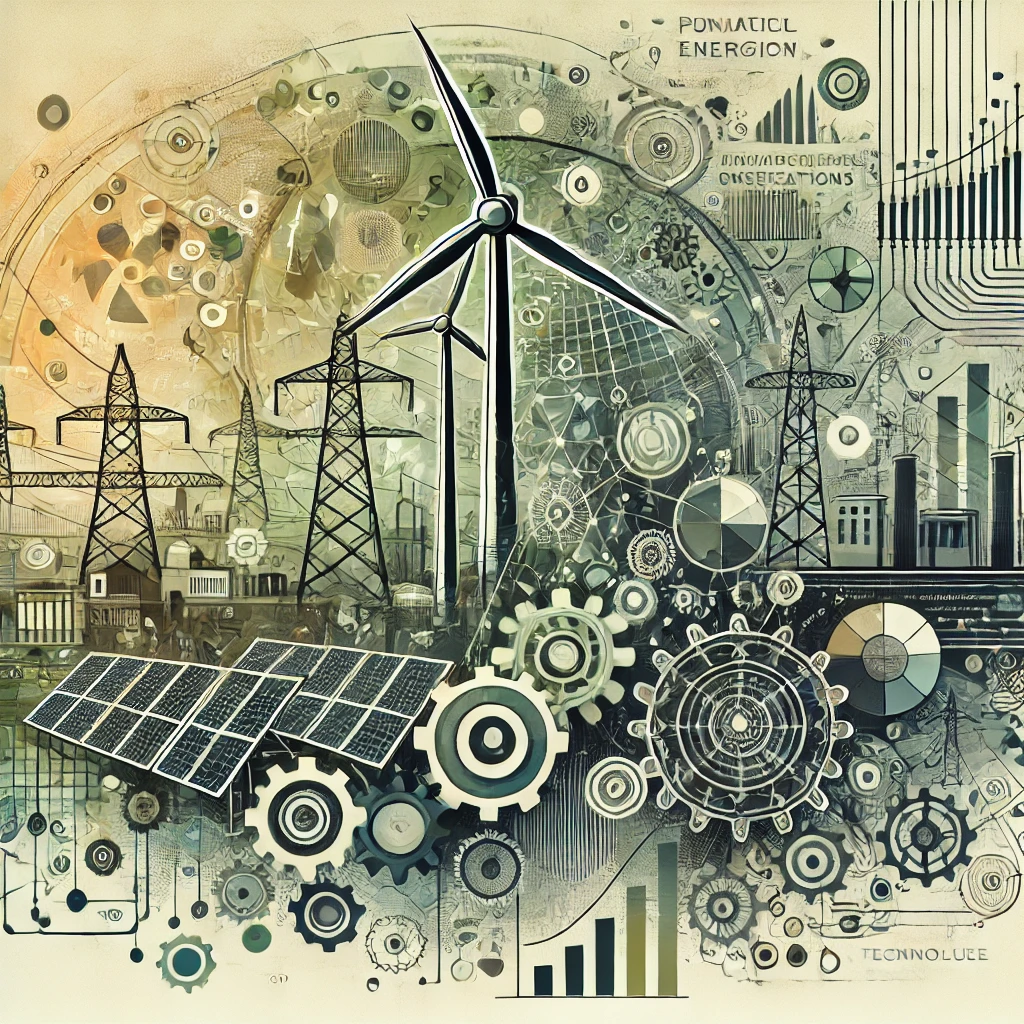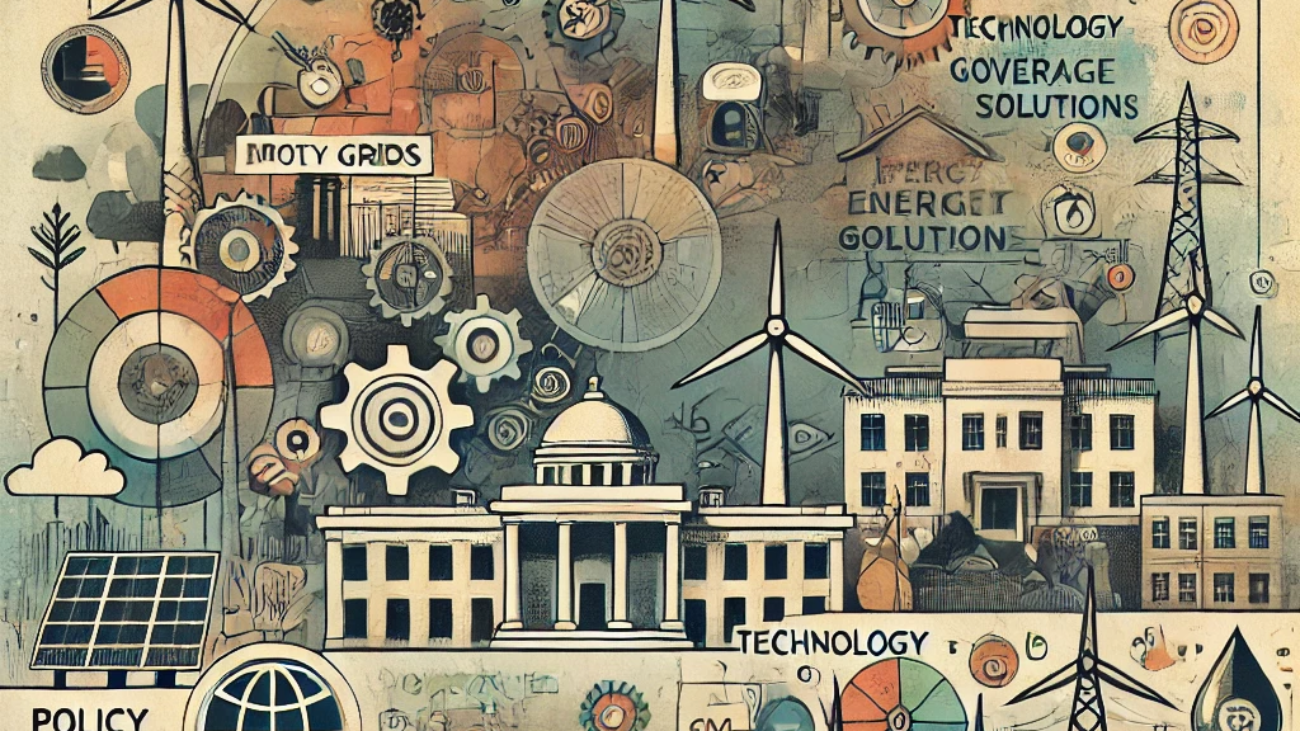As the world grapples with climate change and the depletion of fossil fuels, the need for renewable energy has never been more urgent. India, with its vast geographical diversity and abundant natural resources, is uniquely positioned to become a global leader in renewable energy generation. Increasing the share of renewables in the national grid requires coordinated actions from local and national governments, supported by technological advancements and robust infrastructure. This article explores the strategies and actions necessary to boost renewable energy generation in India.
Local Government Actions
1. Incentivizing Renewable Energy Projects
Local governments can play a crucial role by offering incentives to promote the adoption of renewable energy projects. These incentives can include tax breaks, subsidies, and reduced tariffs for land use. By making renewable energy projects financially attractive, local governments can encourage businesses and individuals to invest in solar, wind, and other renewable energy sources.
2. Streamlining Approval Processes
One of the significant barriers to renewable energy projects is the lengthy and complex approval process. Local governments can streamline these processes by creating single-window clearances for renewable energy projects, reducing bureaucratic hurdles, and expediting project timelines.
3. Promoting Community-Based Projects
Local governments can support community-based renewable energy projects, such as cooperative solar farms and community wind projects. These initiatives can help decentralize energy production, reduce transmission losses, and empower local communities to participate in the renewable energy revolution.
4. Public Awareness Campaigns
Raising public awareness about the benefits of renewable energy is essential for gaining community support. Local governments can run educational campaigns, workshops, and seminars to inform residents about the environmental and economic advantages of renewable energy.

National Government Support
1. Financial Support
The national government can provide financial support through grants, loans, and subsidies to help offset the initial costs of renewable energy projects. Special funds can be established to support large-scale renewable energy projects and research into new technologies.
2. Infrastructure Development
Developing the necessary infrastructure is critical for integrating renewable energy into the national grid. The national government can invest in upgrading transmission lines, building new substations, and developing energy storage solutions to ensure a stable and reliable supply of renewable energy.
3. Policy Frameworks
A supportive policy framework is essential for the growth of renewable energy. The national government can create and enforce policies that mandate a certain percentage of energy to come from renewable sources, provide long-term power purchase agreements (PPAs), and set ambitious renewable energy targets.
4. Manpower Training and Development
The renewable energy sector requires a skilled workforce to design, build, and maintain renewable energy installations. The national government can support training and development programs to build a workforce capable of supporting the renewable energy industry. This can include partnerships with educational institutions, vocational training centers, and industry organizations.
Technological Actions
1. Investing in Research and Development
Investing in research and development (R&D) is crucial for discovering new technologies and improving existing ones. The government can fund R&D projects focused on enhancing the efficiency and reducing the costs of renewable energy technologies such as solar panels, wind turbines, and energy storage systems.
2. Deploying Smart Grid Technologies
Smart grid technologies can help manage the variability of renewable energy sources by optimizing energy distribution and consumption. Implementing smart meters, advanced forecasting systems, and grid automation can improve the integration of renewable energy into the national grid.
3. Developing Energy Storage Solutions
Energy storage is vital for addressing the intermittency of renewable energy sources. Investing in battery storage systems, pumped hydro storage, and other energy storage technologies can ensure a reliable supply of renewable energy even when the sun isn’t shining, or the wind isn’t blowing.
4. Utilizing Artificial Intelligence and Big Data
Artificial intelligence (AI) and big data analytics can optimize the operation and maintenance of renewable energy installations. Predictive maintenance, real-time monitoring, and data-driven decision-making can enhance the efficiency and reliability of renewable energy systems.
Conclusion
Increasing renewable energy generation in India requires a multifaceted approach involving both local and national governments. By incentivizing projects, streamlining processes, raising awareness, and investing in infrastructure and technology, India can unlock its vast renewable energy potential. National support through financial aid, policy frameworks, and manpower development, combined with technological advancements in smart grids, energy storage, and AI, can pave the way for a sustainable and energy-secure future. As India strides towards its renewable energy goals, collaborative efforts at all levels will be crucial in achieving a greener and more resilient energy landscape.

